Governor Gavin Newsom signed California Assembly Bill 1287 into law in 2023. This legislation increased the minimum wage for fast-food workers to $20 per hour.
California became the first state to implement such a high industry-specific minimum wage. The bill also established a fast-food regulatory council with the power to adjust the industry’s minimum wage annually.
Los Angeles: Setting Higher Wage Standards
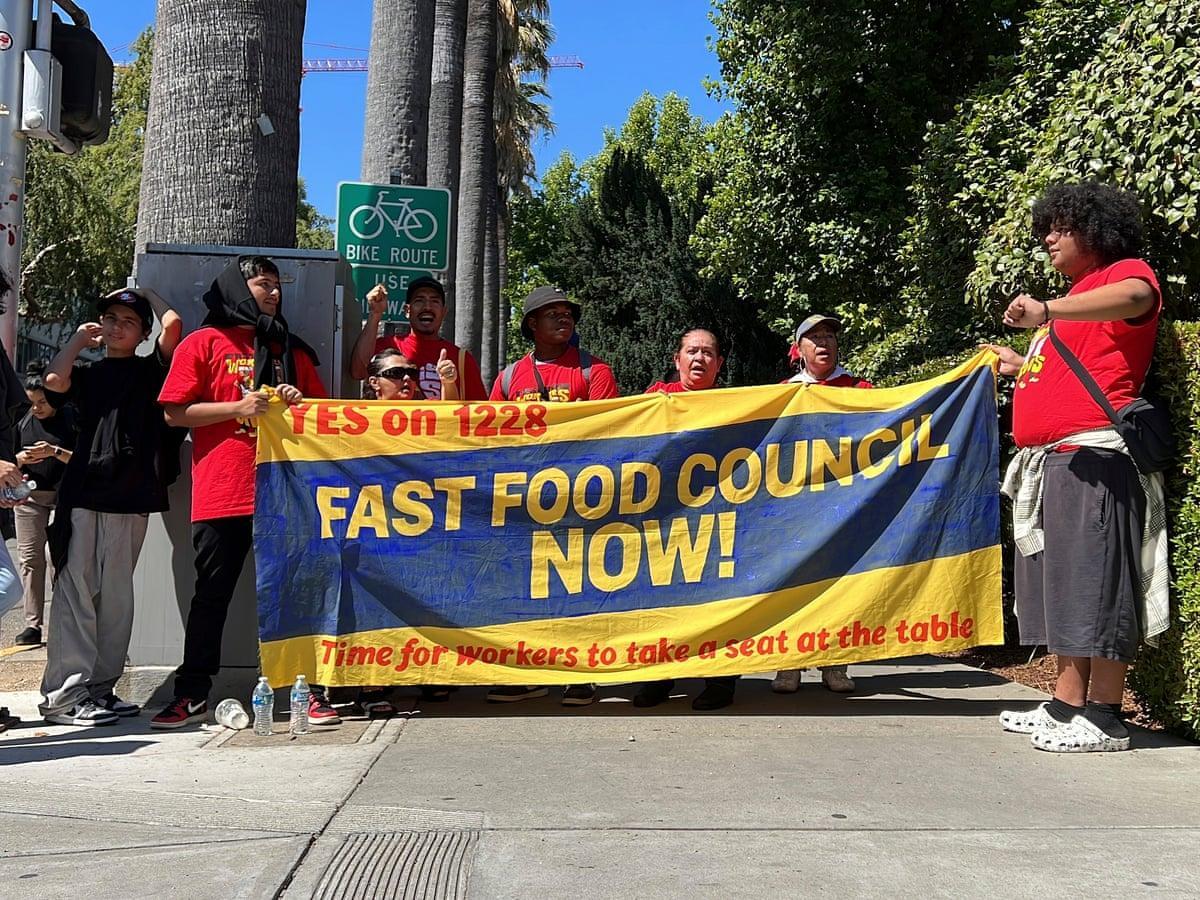
Los Angeles currently maintains a minimum wage of $16.04 per hour. This rate exceeds both the federal minimum wage of $7.25 and California’s state minimum wage of $15.50.
Los Angeles has consistently been at the forefront of wage increases, often setting trends for other cities. The city’s wage policies reflect its high cost of living and commitment to worker welfare.
Hotel and LAX Workers’ $30 Wage Proposal

Several L.A. City Council members proposed a $30-an-hour wage for hotel and LAX workers by 2028. This proposal aims to address the rising cost of living in Los Angeles.
The wage increase would apply to workers at larger hotels and Los Angeles International Airport. If implemented, this would represent one of the highest minimum wages in the United States.
Expanding Coverage for LAX Workers
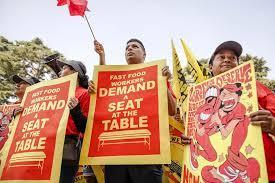
The proposed law would extend coverage to specific groups at LAX, including security officers and janitors. Councilmembers Curren Price and Katy Yaroslavsky spearheaded this legislation.
The proposal targets large hotels with over 60 guest rooms. This expansion reflects a growing recognition of the essential nature of these workers’ roles.
Debate: Human Rights vs. Business Concerns
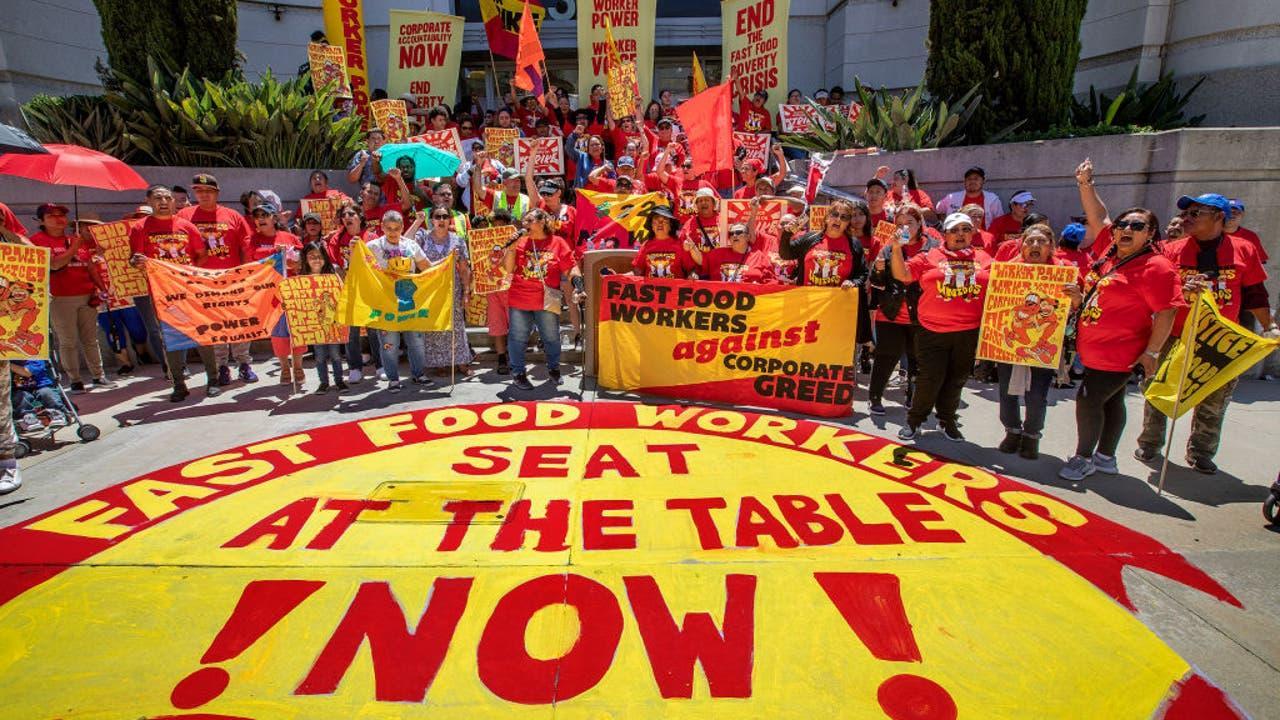
Councilmember Price framed the wage increase as a human rights issue. He emphasized the importance of fairness in wage setting.
However, Peter Hillan of the Hotel Association of Los Angeles expressed concerns about business impacts. This debate highlights the tension between worker welfare and business interests in wage policy.
California’s Rising Living Costs Crisis
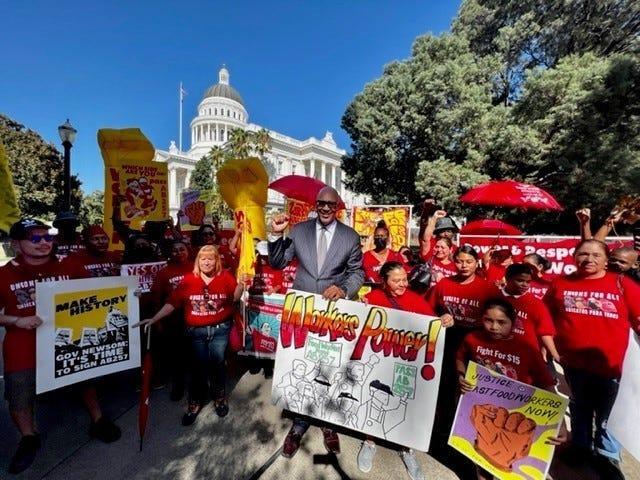
California faces a pressing wage crisis amid rising living costs. The state’s reputation for opportunity clashes with growing economic disparities.
Post-pandemic, there’s a reevaluation of worker rights and fair compensation. This crisis threatens to reshape California’s socio-economic landscape, challenging its status as a land of opportunity.
Housing Affordability: A Key Driver
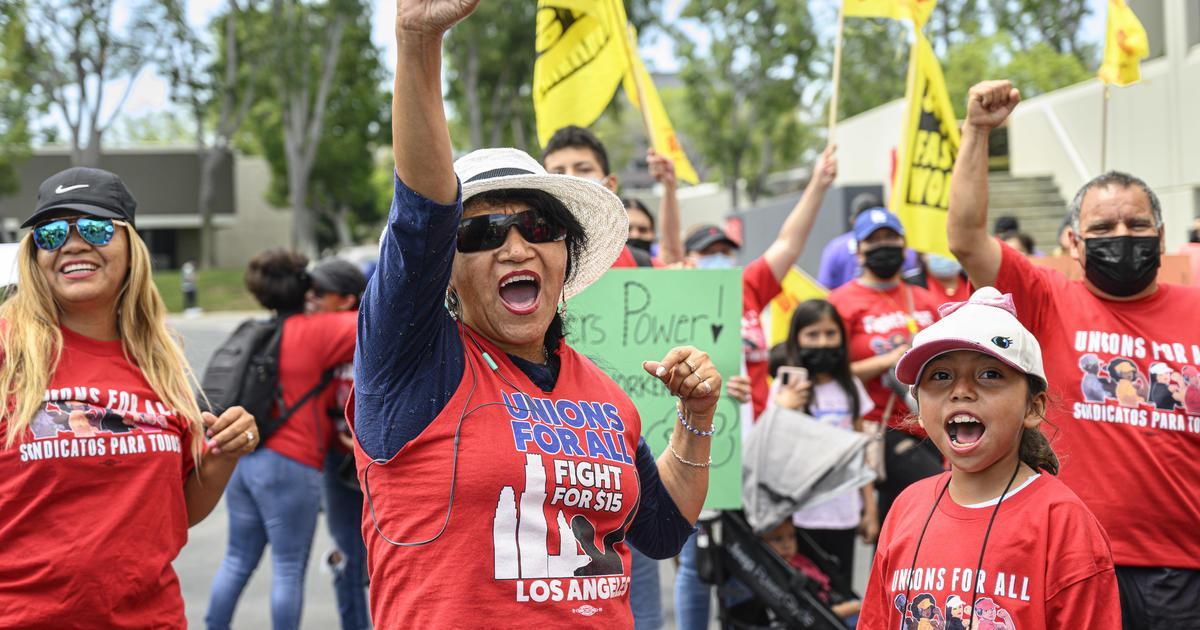
Housing prices in California have skyrocketed, outpacing wage growth. In 2023, the median home price in California was $746,690, up 122% from 2012.
Rent prices have also surged, with average rents in Los Angeles reaching $2,734 per month in 2023. This housing crisis makes even modest living standards unattainable for many workers.
Pandemic’s Impact on Low-Wage Workers

The COVID-19 pandemic exposed vulnerabilities of low-wage workers in California. Essential workers faced increased health risks without commensurate pay increases.
In 2020, 32% of California workers earned less than $15 per hour. The pandemic highlighted the disconnect between societal importance and wage levels for many jobs.
Labor Movements Push for Change
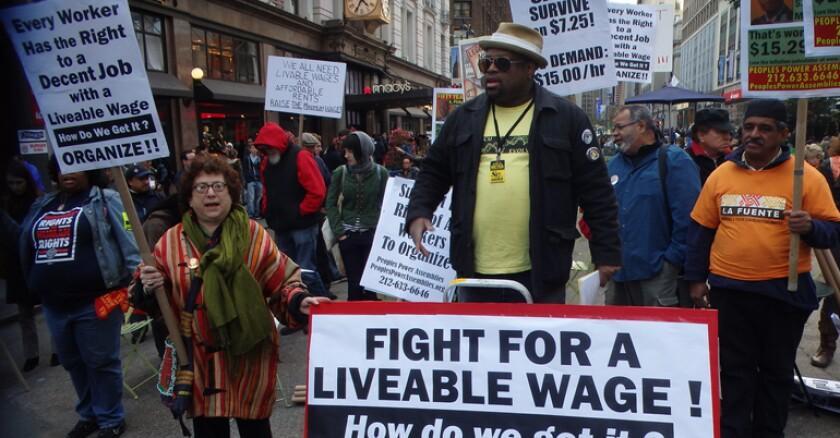
Workers and labor advocates have mobilized for higher wages with unprecedented vigor. Grassroots campaigns and organized labor movements are pushing for a $30 hourly wage.
These movements argue that higher wages address immediate needs and broader economic issues. They cite studies showing that a 10% increase in minimum wage reduces poverty by 2.4%.
Debate Over $30 Wage Implementation
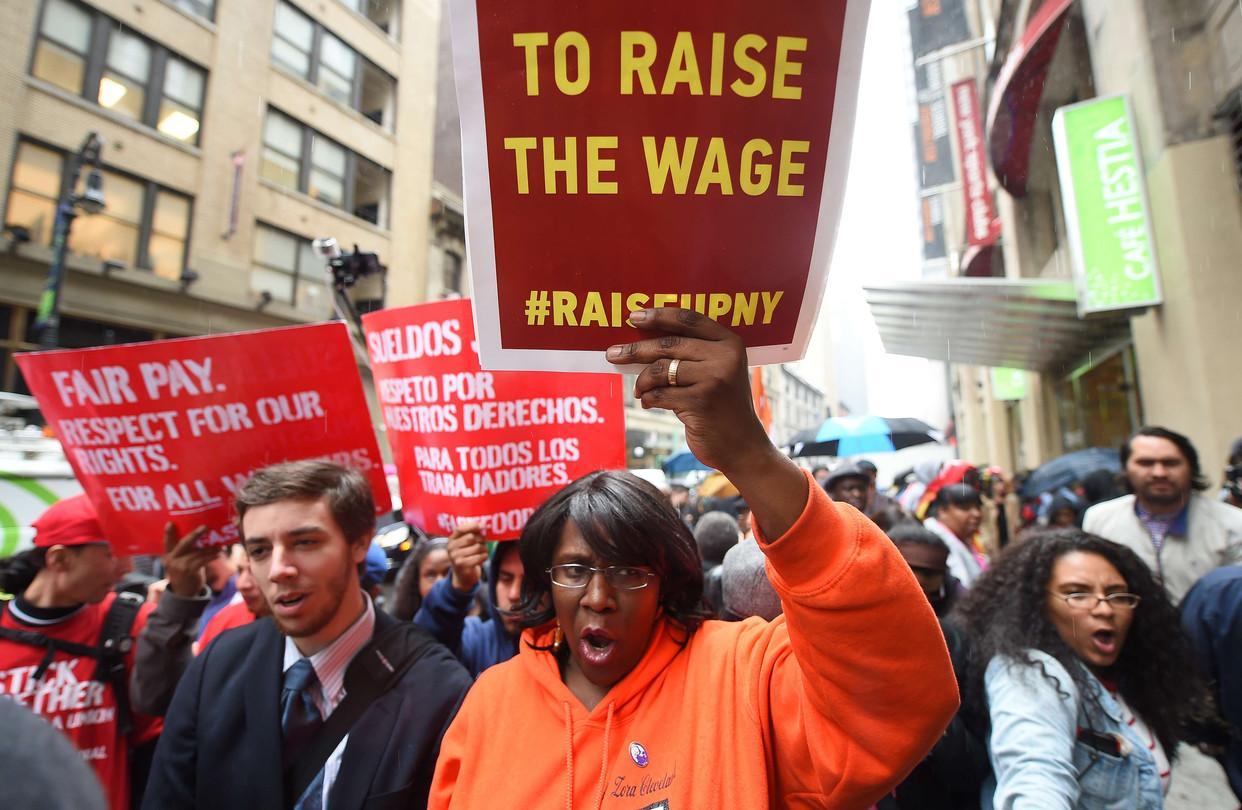
The prospect of a $30 minimum wage has sparked intense debate among stakeholders. Critics argue it could lead to job cuts and reduced hours.
A study by the Employment Policies Institute suggested a $22 minimum wage could result in 700,000 job losses in California. Supporters counter that higher wages stimulate local economies and reduce income inequality.
Cost of Living Drives Push for Higher Wages
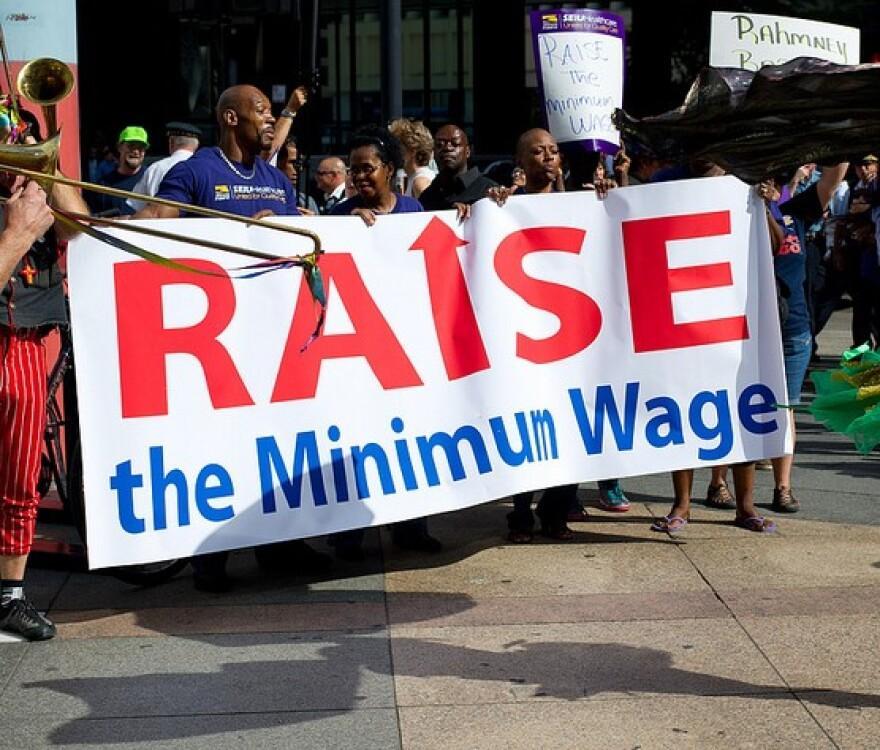
California’s high cost of living is a key factor in wage demands. Housing costs in major cities have outpaced wage growth. Workers cite difficulties affording basic necessities on current wages.
Some argue that local cost of living should determine minimum wages. As of 2023, the average rent for a one-bedroom apartment in San Francisco was $2,995 per month.
Industry Response: Concerns Over Operational Costs Rise
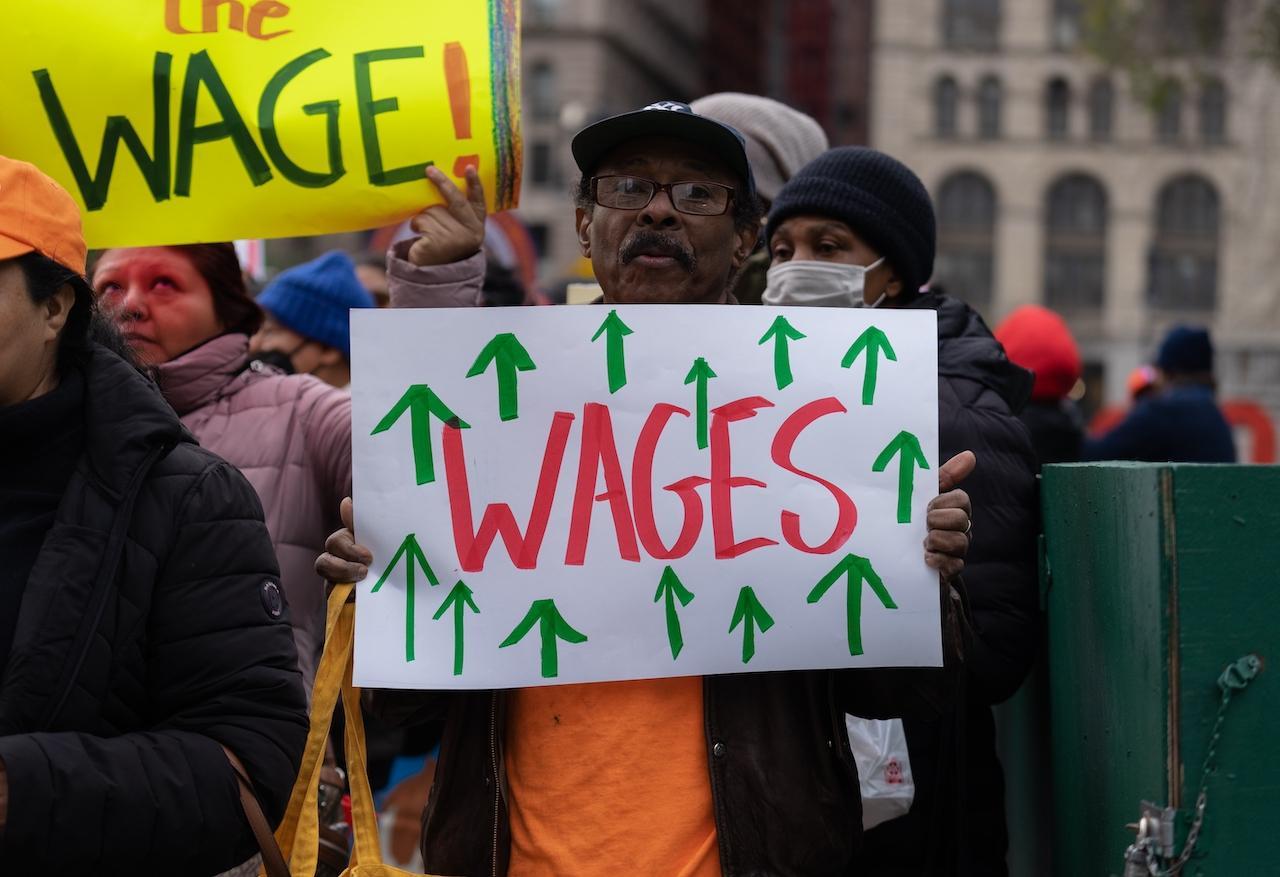
Fast food companies express concern about the impact of wage increases. They warn that higher wages could lead to price increases. Some businesses threaten automation to reduce labor costs.
Industry groups argue that frequent wage hikes harm small franchise owners. The first major fast food worker strikes for higher wages occurred in New York City in 2012.
Economic Impact: Assessing Effects of Wage Increases
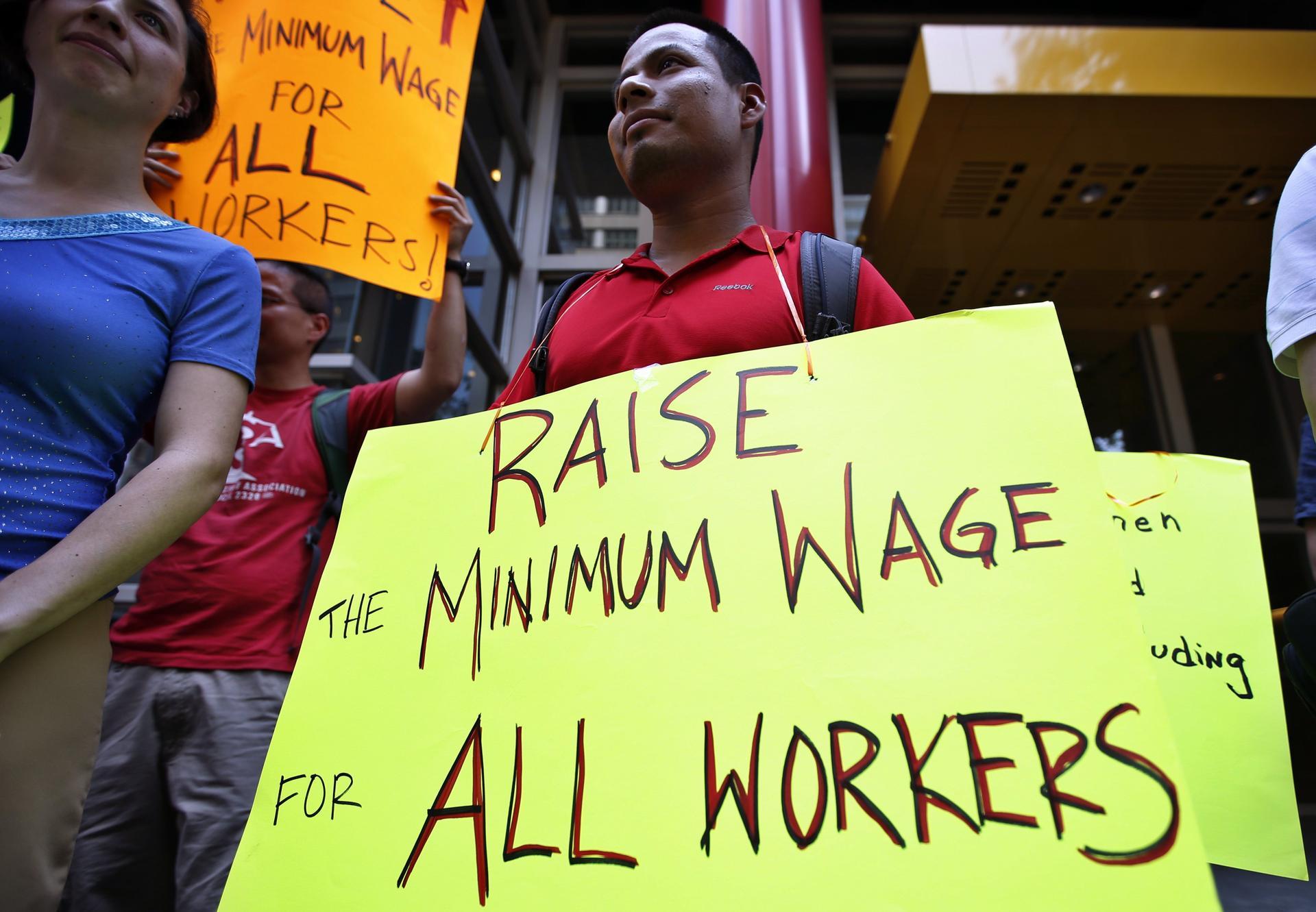
Economists debate the broader economic effects of fast food wage hikes. Some studies suggest minimal job losses from moderate increases. Others warn of potential negative impacts on employment rates.
The debate includes considerations of inflation and consumer spending power. A 2021 study found that a 10% increase in minimum wage led to a 2% decrease in employment in the restaurant industry.
Legislative Landscape: Potential for New Wage Laws
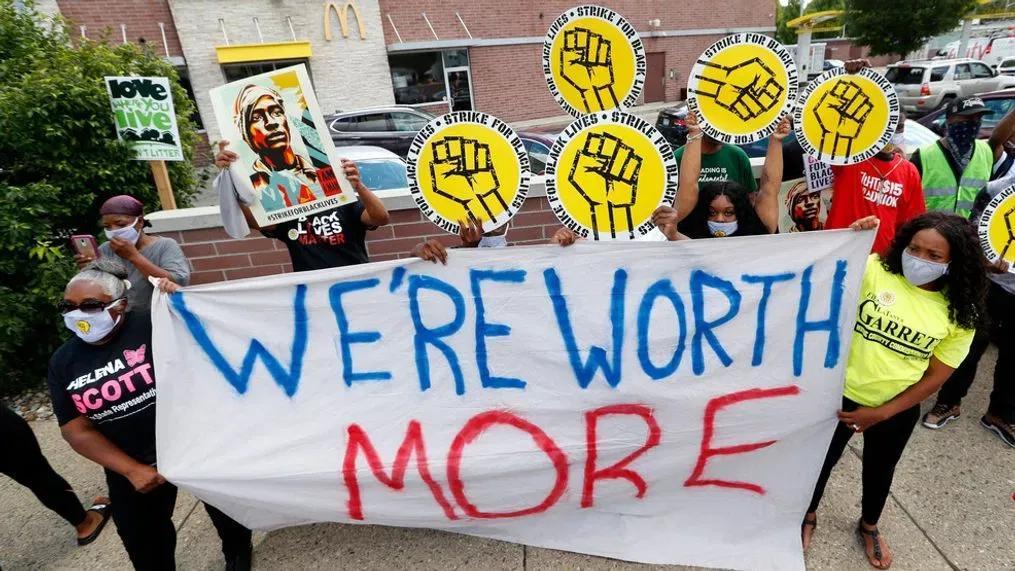
California lawmakers are considering new legislation on fast food wages. Proposals include tying wages to inflation or local living costs. Some advocate for sectoral bargaining in the fast food industry.
The political debate reflects broader discussions about income inequality.
Did you know? California was the first state to pass a $15 minimum wage law in 2016.
Worker Demographics: Who Benefits from Wage Increases?
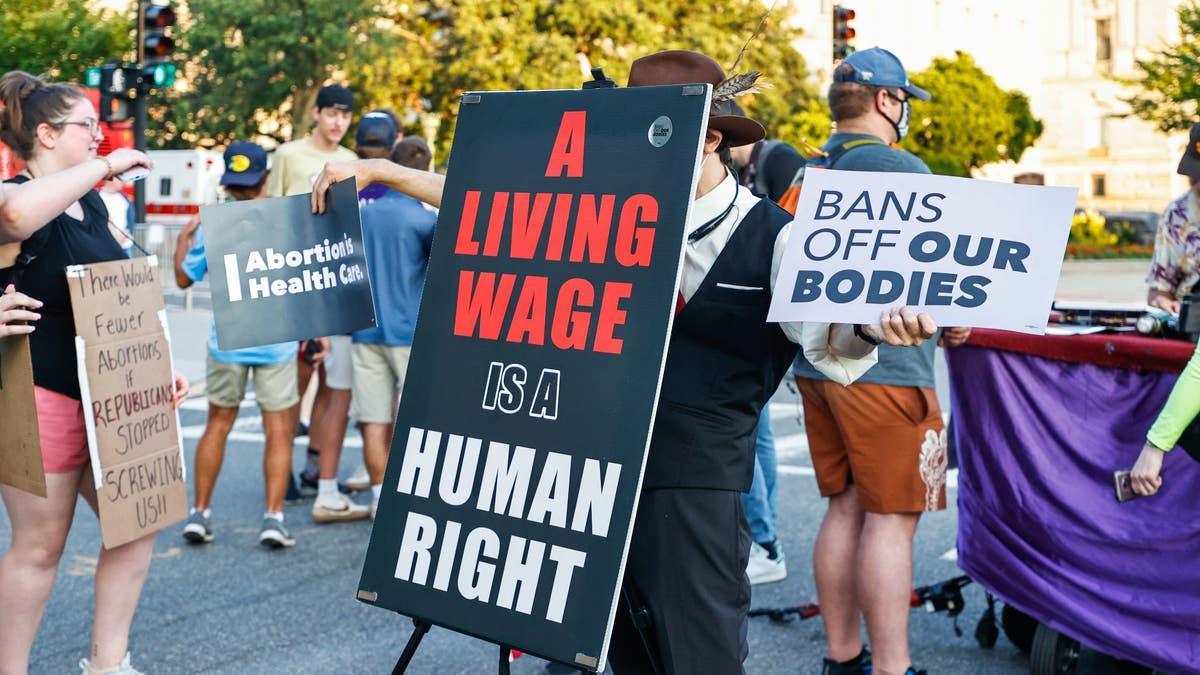
Fast food workers in California represent diverse demographics. Many are young adults or part-time workers. A significant portion are primary earners for their families.
Understanding worker demographics is crucial for policy discussions. As of 2022, 30% of California fast food workers were over the age of 35.

